Home>Articles>How To Use Drapery Hooks On Rod Pocket Curtains
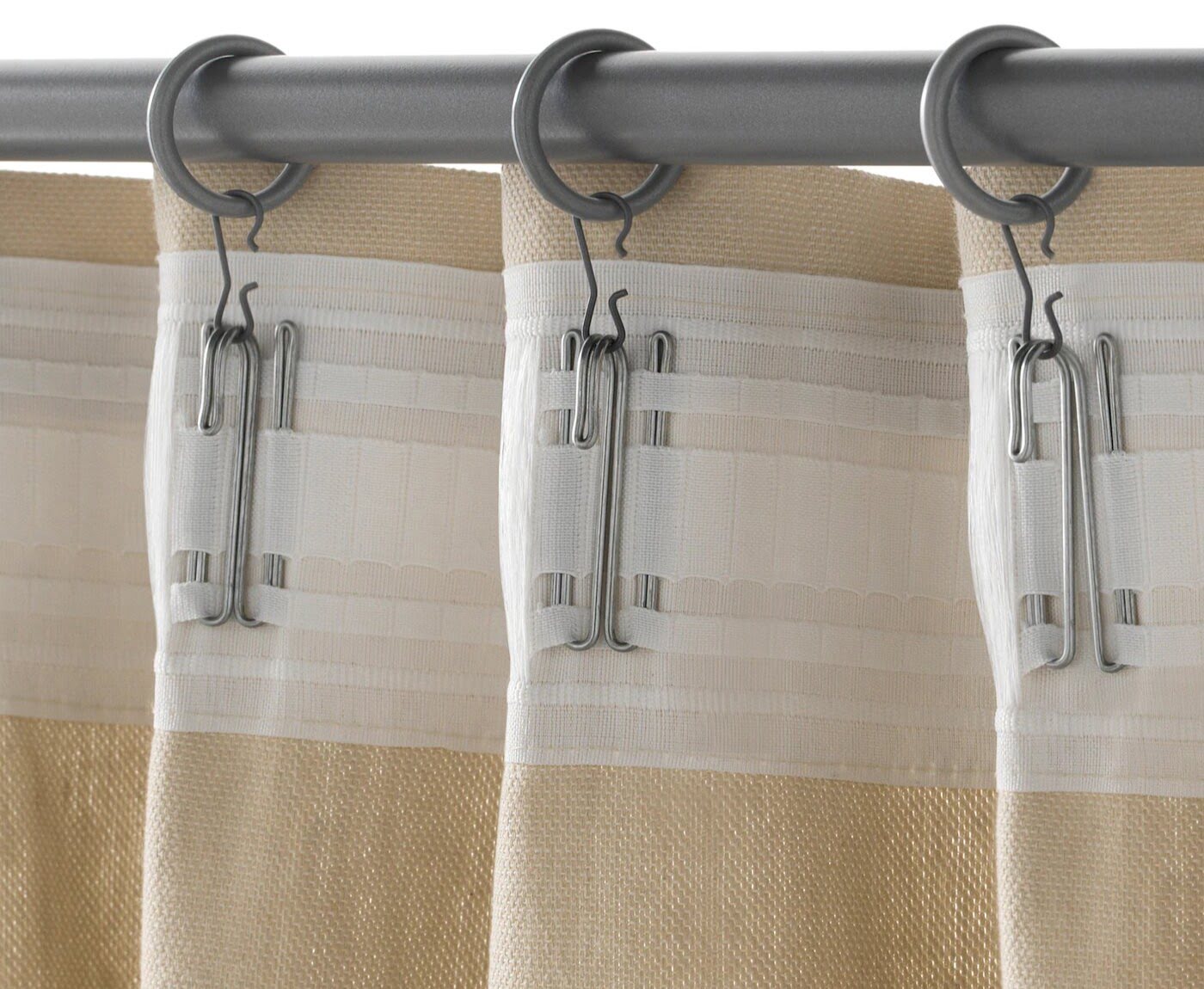

Articles
How To Use Drapery Hooks On Rod Pocket Curtains
Modified: August 27, 2024
Learn how to properly use drapery hooks on rod pocket curtains with these helpful articles. Enhance your window treatments for a polished, professional look.
(Many of the links in this article redirect to a specific reviewed product. Your purchase of these products through affiliate links helps to generate commission for Storables.com, at no extra cost. Learn more)
Introduction
When it comes to enhancing the beauty and functionality of your curtains, drapery hooks on rod pocket curtains are a game-changer. Whether you’re looking to add a touch of elegance to your living room or want to create a more tailored and sophisticated look in your bedroom, using drapery hooks on rod pocket curtains can help you achieve the desired effect.
Drapery hooks are small metal pieces with sharp points that are designed to attach to the back of your curtains. These hooks then slide onto a curtain rod, allowing you to hang your curtains in a way that creates a pleated, gathered, or layered effect. This not only adds visual interest to your curtains but also provides functional benefits such as improved light control, privacy, and insulation.
There are different types of rod pocket curtains available in the market. The most common type is the rod pocket curtain, where a seam is created at the top of the curtain panel to accommodate the curtain rod. Other variations include tab top curtains, eyelet curtains, and grommet curtains. Rod pocket curtains are versatile and can be hung on various types of curtain rods, including tension rods, traverse rods, or decorative rods.
Using drapery hooks on rod pocket curtains offers several benefits compared to simply threading the curtain rod through the pocket. First and foremost, drapery hooks allow you to create customized pleats, giving your curtains a more formal and tailored look. This adds depth and dimension to the curtains, making them look more interesting and stylish. Additionally, drapery hooks ensure that the pleats stay in place, even after opening and closing the curtains. This helps to maintain the desired look and avoids the curtains appearing flat or disheveled.
In this article, we will guide you through the process of using drapery hooks on rod pocket curtains. We will provide a step-by-step tutorial to help you achieve professional-looking results. So, let’s gather the necessary materials and get started!
Key Takeaways:
- Elevate your curtains with drapery hooks on rod pocket curtains, creating tailored pleats and improved light control for a polished and sophisticated look.
- Transform your space with drapery hooks, achieving customized pleats, enhanced draping, and easy adjustability for stylish and functional window treatments.
Read more: What Is Rod Pocket Curtains
What are drapery hooks?
Drapery hooks, also known as curtain hooks or drapery pins, are small metal devices used to attach curtains to curtain rods. They consist of a pointed end and a curved or straight body with one or more loops or hooks. Drapery hooks are designed to be inserted into the fabric of the curtain, allowing you to hang the curtains while creating beautiful pleats or gathers.
These hooks play a crucial role in adding style and structure to rod pocket curtains. They enable you to achieve different hanging styles, such as pinch pleats, pencil pleats, goblet pleats, or even simple gathers. By attaching the drapery hooks strategically, you can create various pleat formations that add elegance and sophistication to your curtains.
The sharp point of the drapery hook is inserted into the fabric of the curtain, usually on the backside near the top. The curved or straight body of the hook then extends outward, allowing it to catch onto the curtain rod. The loops or hooks on the drapery hook ensure that it stays securely in place, preventing the curtains from slipping or sagging.
Drapery hooks come in various sizes and styles to accommodate different curtain weights and types of fabric. It’s important to choose the right size and style of hook that matches your curtain fabric and desired pleat formation. The size of the hook should be appropriate for the thickness of your curtains, ensuring a secure and stable attachment to the rod.
Additionally, drapery hooks are typically made of durable materials such as metal, ensuring they can withstand the weight of the curtains and remain sturdy over time. Some hooks are coated with a protective layer to prevent rust or corrosion, prolonging their lifespan.
Overall, drapery hooks are a versatile and essential tool for achieving a professional and polished look with your rod pocket curtains. They allow you to transform simple curtains into elegant window treatments, adding style and sophistication to any room in your home.
Types of rod pocket curtains
Rod pocket curtains are a popular choice for many homeowners due to their versatility and timeless appeal. They feature a sewn-in pocket at the top of the curtain panel where the rod is inserted, allowing for easy hanging. While the basic design remains the same, there are different variations of rod pocket curtains that offer unique aesthetics and functionalities. Here are some common types:
- Standard rod pocket curtains: These are the most basic and traditional type of rod pocket curtains. They feature a simple pocket at the top of the panel, typically around 2-3 inches wide, allowing for easy and straightforward rod insertion. Standard rod pocket curtains offer a classic and clean look that can complement a variety of décor styles.
- Tab top curtains: Tab top curtains have fabric loops or tabs sewn onto the top of the curtain panel. These loops are then slipped over the curtain rod, creating a casual and relaxed appearance. Tab top curtains are often used in bohemian or coastal-inspired interiors as they lend a breezy and informal vibe.
- Eyelet curtains: Eyelet curtains, also known as grommet curtains, have metal or fabric rings sewn directly into the top edge of the curtain panel. The curtain rod is threaded through these rings, creating a modern and sleek look. Eyelet curtains are a popular choice for contemporary and minimalist interiors due to their clean lines and effortless installation.
- Sheer rod pocket curtains: Sheer rod pocket curtains are made from lightweight and translucent fabric, allowing diffused light to enter the room. They provide privacy while still maintaining a sense of openness. Sheer rod pocket curtains are often used in conjunction with other curtains for layering or as standalone window treatments to create an airy and romantic ambiance.
- Lined rod pocket curtains: Lined rod pocket curtains have an additional layer of fabric sewn onto the back of the curtain panel. The lining provides several benefits, including enhanced light control, insulation, and privacy. Lined rod pocket curtains are an excellent choice for bedrooms, living rooms, or any space where light and temperature regulation are desired.
- Decorative rod pocket curtains: Decorative rod pocket curtains feature additional embellishments such as ruffles, trims, or tassels. These curtains are designed to be a focal point and add a touch of elegance and luxury to your space. Decorative rod pocket curtains are often used in formal dining rooms, grand foyers, or other areas where a statement is desired.
Choosing the right type of rod pocket curtains depends on your personal style preferences, the overall theme of your space, and the desired functionality. Consider the ambiance you want to create and the level of light control and privacy you need when selecting the perfect rod pocket curtains for your home.
Benefits of using drapery hooks on rod pocket curtains
Using drapery hooks on rod pocket curtains offers several advantages that can enhance the overall look and functionality of your window treatments. Here are some key benefits:
- Customized pleats and gathers: Drapery hooks allow you to create beautiful and tailored pleats or gathers on your rod pocket curtains. By strategically placing the hooks along the top of the curtain panel, you can achieve different pleat styles, such as pinch pleats, pencil pleats, or goblet pleats. This customization adds depth and sophistication to your curtains, elevating their visual appeal.
- Maintained pleat formation: Unlike simply threading the curtain rod through the rod pocket, drapery hooks keep the pleat formation intact, even when opening and closing the curtains. The hooks ensure that the pleats stay in place, maintaining a polished and organized look. This is particularly beneficial if you have heavy or thick curtains that tend to lose their shape when not properly supported.
- Enhanced draping and fullness: Drapery hooks create a fuller and more luxurious look by allowing the curtains to hang in elegant folds. The hooks gather the fabric and create even distribution along the curtain rod, resulting in a beautifully draped appearance. This adds volume and texture to your curtains, giving them a more high-end and finished look.
- Improved light control and privacy: The pleats created by drapery hooks add an additional layer of fabric, which enhances light control and privacy. When the curtains are closed, the pleats create overlapping folds, effectively blocking out more light and preventing prying eyes from seeing into your space. This makes drapery hooks on rod pocket curtains an ideal choice for bedrooms, media rooms, or any area where light control and privacy are essential.
- Easy adjustability: Drapery hooks allow you to easily adjust the fullness of your curtains. By adding or removing hooks, you can achieve the desired amount of gathering or pleating. This flexibility is especially useful if you want to change the look of your curtains, adapt them to different window sizes, or alternate between fullness levels for different occasions.
- Long-lasting and secure hanging: Drapery hooks create a strong and secure attachment between the curtains and the curtain rod. The sharp points of the hooks penetrate the fabric, ensuring that the curtains stay in place and do not slide or sag. This durability ensures that your curtains will remain securely hung for an extended period, requiring minimal readjustment or maintenance.
Overall, using drapery hooks on rod pocket curtains offers a multitude of benefits, from customized pleats and improved draping to enhanced light control and longevity. Whether you’re aiming for a refined and elegant look or seeking functional advantages, drapery hooks are an excellent way to elevate the style and performance of your curtains.
Step 1: Gather the necessary materials
Before you begin using drapery hooks on your rod pocket curtains, it’s important to gather all the necessary materials. Having everything prepared in advance will make the process smoother and more efficient. Here’s what you’ll need:
- Drapery hooks: These are the essential components for attaching your curtains to the curtain rod. Drapery hooks come in various sizes and styles, so make sure to choose the ones that are appropriate for the weight and thickness of your curtains. The number of hooks needed will depend on the width of your curtains and the desired amount of pleating or gathering.
- Rod pocket curtains: Select the rod pocket curtains of your choice that are suitable for your desired style and decor. Make sure the curtains are appropriately sized for your windows and have a rod pocket where the drapery hooks can be inserted.
- Curtain rod: A sturdy and properly sized curtain rod is essential for hanging your rod pocket curtains. Choose a rod that complements the style of your curtains and is appropriate for the weight and width of the window treatment.
- Measuring tape: Accurate measurements are crucial for ensuring that your curtains hang properly and look aesthetically pleasing. Use a measuring tape to measure the width and length of your windows, as well as the desired hanging level of the curtains.
- Pen or marker: It’s helpful to have a pen or marker on hand to make marks on the rod or curtains for precise placement of the drapery hooks. This will ensure that the hooks are evenly spaced and aligned, resulting in an attractive and balanced look.
- Step stool or ladder: Depending on the height of your windows, you may need a step stool or ladder to reach the curtain rod and attach the drapery hooks. Ensure that the step stool or ladder is stable and secure before climbing on it.
- Optional: Steam or iron: If your curtains are wrinkled or creased, it’s recommended to steam or iron them before hanging. This will give your curtains a polished and neat appearance.
By gathering these materials beforehand, you’ll have everything you need to efficiently and successfully use drapery hooks on your rod pocket curtains. Once you’ve collected these items, you’re ready to move on to the next step: preparing the rod pocket curtains.
When using drapery hooks on rod pocket curtains, simply insert the hook through the back of the pocket and attach it to the rings on the curtain rod for a more tailored look.
Read more: How To Use Tension Rod For Curtains
Step 2: Prepare the rod pocket curtains
After gathering the necessary materials, it’s time to prepare your rod pocket curtains before attaching the drapery hooks. Follow these steps to ensure your curtains are ready for the next phase:
- Remove any packaging or tags: Start by removing any packaging materials or tags from your rod pocket curtains. This will eliminate any distractions and allow you to focus on the task at hand.
- Unfold and lay the curtains flat: Carefully unfold your curtains and lay them flat on a clean surface. Smooth out any wrinkles or creases by hand or use a fabric steamer or iron if necessary. This step will ensure that your curtains hang smoothly and look their best.
- Inspect the rod pocket: Check the rod pocket of your curtains to ensure it is intact and free from any tears or damage. If you notice any issues, consider repairing or reinforcing the rod pocket before proceeding.
- Determine the desired curtain length: Measure and determine the desired length for your curtains. Depending on your preference and the style of your room, you may want your curtains to touch the floor, hover just above it, or have a slight break. Take accurate measurements, keeping in mind any floor coverings or furniture that may affect the curtain length.
- Optional: Hemming or altering the curtain length: If your curtains are too long or need minor adjustments, you may need to hem or alter them to achieve the desired length. Follow the appropriate hemming techniques for your curtain fabric to achieve clean and professional-looking results. Alternatively, you can seek the assistance of a professional seamstress or tailor if you’re not confident in your sewing skills.
Once you’ve completed these steps, your rod pocket curtains will be properly prepared for the next stage of attaching the drapery hooks. Taking the time to inspect and prepare your curtains beforehand will help ensure a smooth and seamless installation process, resulting in beautifully hung curtains that transform your space.
Step 3: Attach the drapery hooks
With your rod pocket curtains prepared, it’s now time to attach the drapery hooks. Follow these steps to properly secure the hooks onto your curtains:
- Start at one end: Begin at one end of the curtain panel and position yourself close to the top edge of the fabric. This will allow for easier access and visibility as you attach the drapery hooks.
- Insert the hook into the fabric: Take a drapery hook and carefully insert the pointed end into the fabric at the top of the curtain, on the backside near the seam or edge. Make sure the hook is fully inserted and securely positioned within the fabric.
- Create evenly spaced pleats: Once the first hook is in place, hold the curtain panel and create a pleat or gather by gathering the fabric at the desired width. Use your fingers to pinch the fabric together, forming a pleat or fold. Adjust the width of the pleat to create the desired fullness and appearance of your curtains.
- Attach additional drapery hooks: While holding the pleat in place, insert another drapery hook into the fabric just below the gathered section. Make sure the hook goes through all layers of fabric in the pleat. Continue this process, spacing the hooks evenly along the top of the curtain, until you reach the opposite end.
- Check for consistency: As you attach the drapery hooks, periodically step back and check the consistency of the pleats or gathers. Make any necessary adjustments to ensure that the pleats are evenly spaced and the overall appearance is pleasing to the eye.
- Repeat the process for additional curtain panels: If you have multiple curtain panels, repeat the above steps for each panel, maintaining consistent pleating and spacing with the drapery hooks. This will help create a cohesive and harmonious look when the curtains are hung.
By following these steps, you can confidently attach the drapery hooks to your rod pocket curtains, creating customized pleats or gathers that enhance the overall aesthetic of your window treatments. The drapery hooks help maintain the pleat formation even when opening and closing the curtains, ensuring a polished and sophisticated look.
Continue to the next step to learn how to hang the curtains and complete the installation process.
Step 4: Hang the curtains
After attaching the drapery hooks to your rod pocket curtains, it’s time to hang them. Follow these steps to ensure a successful installation:
- Prepare the curtain rod: Before hanging the curtains, ensure that the curtain rod is properly installed and secure. If needed, adjust the rod’s position or tighten any screws or brackets to ensure stability.
- Slide the hooks onto the rod: Starting from one end, slide each drapery hook onto the curtain rod. Take care to position the hooks evenly along the rod, ensuring that the pleats or gathers are distributed evenly.
- Arrange the curtains: Once all the hooks are on the rod, take a step back and arrange the curtains to achieve the desired fullness and appearance. Adjust the pleats, gathers, or folds as necessary to create an even and balanced look.
- Ensure proper leveling: Check that the curtains are level by stepping back and observing them from a distance. Make any necessary adjustments to the rod or curtain placement to achieve a visually appealing and straight hanging position.
- Secure the curtain rod: Once you’re satisfied with the positioning of the curtains, ensure that the curtain rod is securely in place. Double-check that any brackets or hardware are tightened and provide proper support for the weight of the curtains.
- Check for any final adjustments: Take a final look at the curtains from all angles to ensure that they are hanging correctly and have the desired appearance. Make any additional adjustments as needed to create a polished and well-finished look.
With these steps completed, your rod pocket curtains are successfully hung and ready to enhance the aesthetics and functionality of your space. The drapery hooks provide a secure attachment while allowing the curtains to drape beautifully. Step back and admire your newly installed curtains, taking in the transformation they bring to the room.
Remember to periodically check the curtains and drapery hooks over time to ensure they remain in good condition and properly attached. With proper care, your rod pocket curtains with drapery hooks will continue to provide a stylish and functional window treatment for years to come.
Tips and tricks for using drapery hooks on rod pocket curtains
Using drapery hooks on rod pocket curtains can take your window treatments to the next level. To help you achieve the best results, here are some valuable tips and tricks to keep in mind:
- Choose the right size hooks: Ensure that the drapery hooks you select are appropriate for the weight and thickness of your curtains. Using hooks that are too small may not securely hold the fabric, while hooks that are too large can damage the curtains or cause them to hang incorrectly.
- Space the hooks evenly: Aim for even spacing between the drapery hooks along the length of the curtain. This will help create a balanced and uniform appearance when the curtains are hung.
- Consider the desired pleat style: Different pleat styles require different drapery hook placements. Research the pleat style you want to achieve and adjust the drapery hook placement accordingly.
- Ensure consistent pleat direction: When creating pleats or gathers with the drapery hooks, ensure that the direction of the pleats is consistent across all curtains and panels. This will help create a cohesive and professional look when the curtains are hung together.
- Experiment with different pleat types: Don’t be afraid to play around with different pleat types and arrangements. Experiment with various pleat styles and spacings to find the one that best complements your curtains and decor.
- Use a curtain tieback: To provide more versatility, consider using a curtain tieback to hold the curtains to the side when open. This will showcase the pleats and give your windows an elegant look.
- Regularly inspect and adjust the hooks: Periodically check the drapery hooks to ensure they are securely attached and haven’t become loose over time. Make any necessary adjustments or repositioning as needed to maintain the desired look and functionality.
- Pair with curtain rings: If you want to add more style and flexibility to the arrangement of your curtains, consider pairing drapery hooks with curtain rings. This allows for smoother movement along the curtain rod and additional options for changing the width or draping of the curtains.
- Care for your curtains: Properly care for and maintain your curtains to keep them looking their best. Follow the manufacturer’s instructions for cleaning and washing, and avoid hanging wet or damp curtains as this can affect the structure and appearance of the pleats.
- Seek professional assistance if needed: If you’re uncertain about attaching the drapery hooks or achieving the desired look, don’t hesitate to seek the assistance of a professional. They can provide guidance, ensure proper installation, and help you achieve the best results with your rod pocket curtains.
By following these tips and tricks, you can maximize the aesthetic appeal and functionality of your curtains when using drapery hooks. Remember to have patience and enjoy the process of transforming your windows into beautiful focal points of your space.
Read more: How To Make Rod Pocket Drapes
Conclusion
Using drapery hooks on rod pocket curtains is a simple yet effective way to elevate the appearance and functionality of your window treatments. By following the steps outlined in this guide and implementing the tips and tricks provided, you can achieve stunning, professionally styled curtains that enhance the overall ambiance of your space.
From creating customized pleats and gathers to improving light control and privacy, the benefits of using drapery hooks on rod pocket curtains are plentiful. The hooks allow for precise placement and maintenance of pleat formations, ensuring that your curtains retain their elegant and tailored look even after opening and closing them. With the right selection of drapery hooks and careful attention to pleat spacing, you can achieve a refined and polished aesthetic that complements your interior decor.
As you embark on the process of using drapery hooks on rod pocket curtains, remember to gather all the necessary materials, prepare the curtains by removing packaging and ensuring proper length, and securely attach the drapery hooks. Take the time to arrange the curtains to achieve optimal fullness and appearance before hanging them on the curtain rod.
Once your curtains are hung, periodically inspect the drapery hooks and make any necessary adjustments to maintain their secure attachment and desired pleat formation. Follow proper care guidelines for your curtains, including cleaning and storing, to ensure their longevity and continued aesthetic appeal.
Whether you’re aiming for a luxurious and formal look or a more relaxed and casual vibe, drapery hooks on rod pocket curtains offer endless design possibilities. Experiment with different pleat styles, spacings, and even curtain tiebacks to create a window treatment that reflects your personal style and transforms your living space.
In conclusion, by utilizing drapery hooks on rod pocket curtains, you can achieve the perfect balance of style, functionality, and versatility while adding a touch of sophistication to your windows. Embrace the opportunity to showcase your creativity and transform your home with the elegance and charm that drapery hooks bring to your curtains.
Curious about more ways to spruce up those windows? Our articles on rod pocket curtains provide a deep dive into different styles and fabric choices fit for any room. Also, if you're hanging new drapes, don't miss our guide on curtain hanging, where we outline designer-approved heights that can transform any space. These guides offer practical advice to make your home look its best!
Frequently Asked Questions about How To Use Drapery Hooks On Rod Pocket Curtains
Was this page helpful?
At Storables.com, we guarantee accurate and reliable information. Our content, validated by Expert Board Contributors, is crafted following stringent Editorial Policies. We're committed to providing you with well-researched, expert-backed insights for all your informational needs.

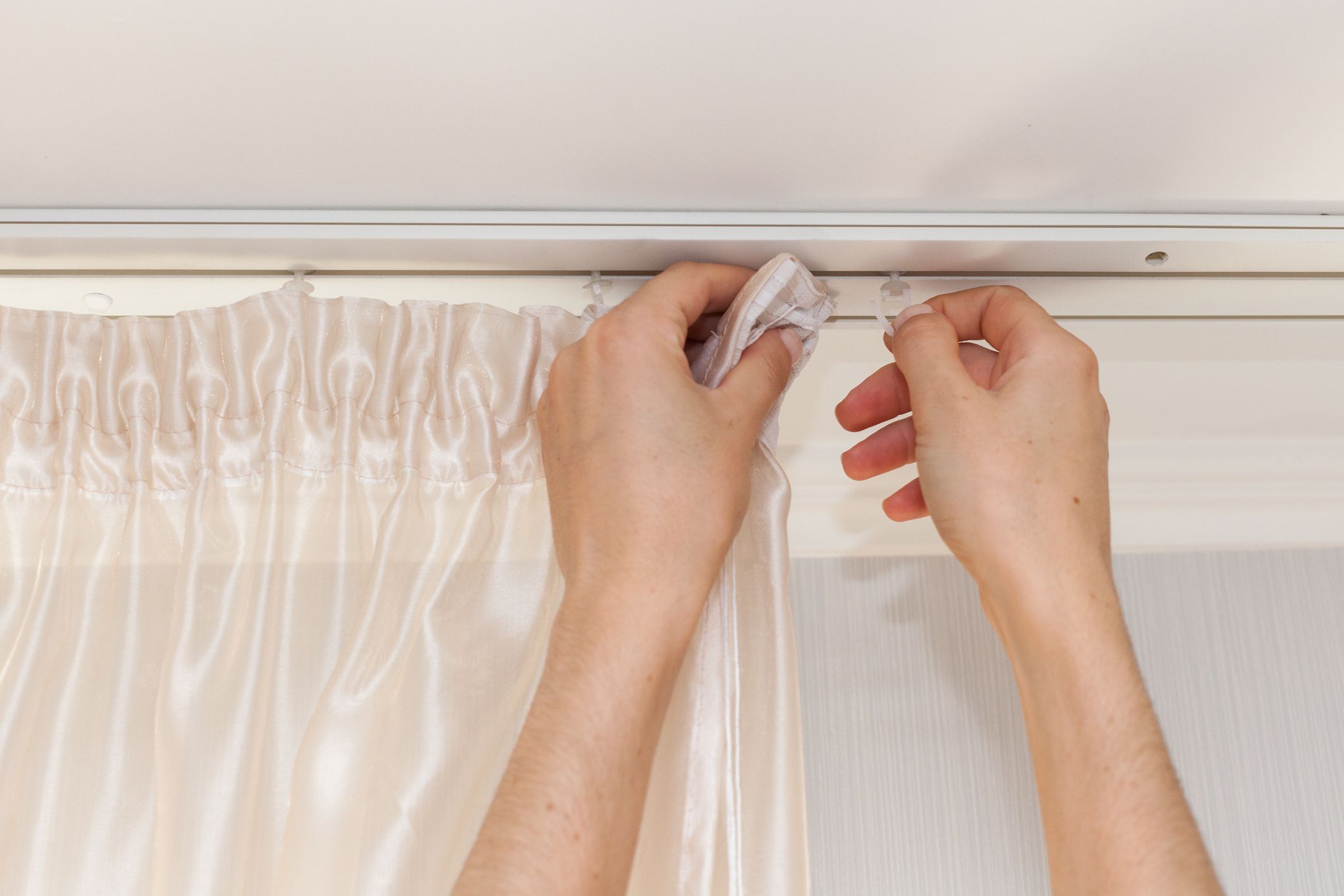
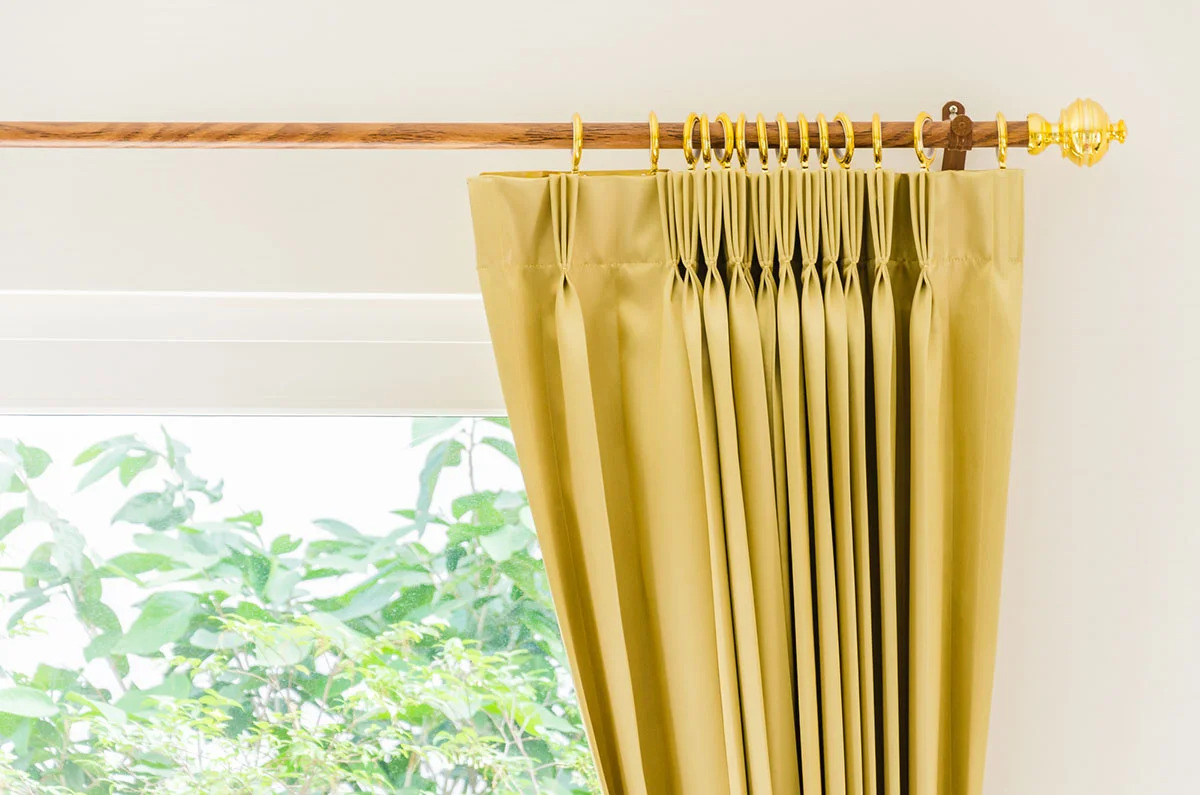
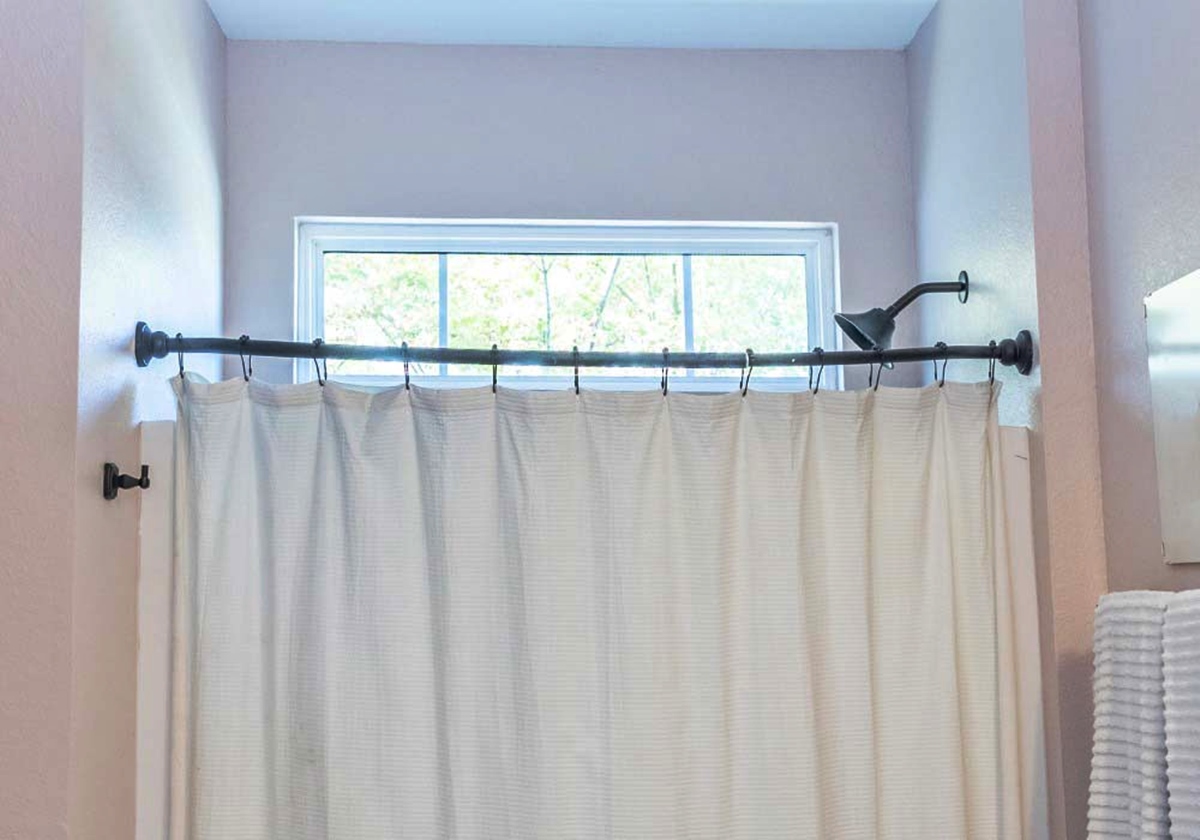
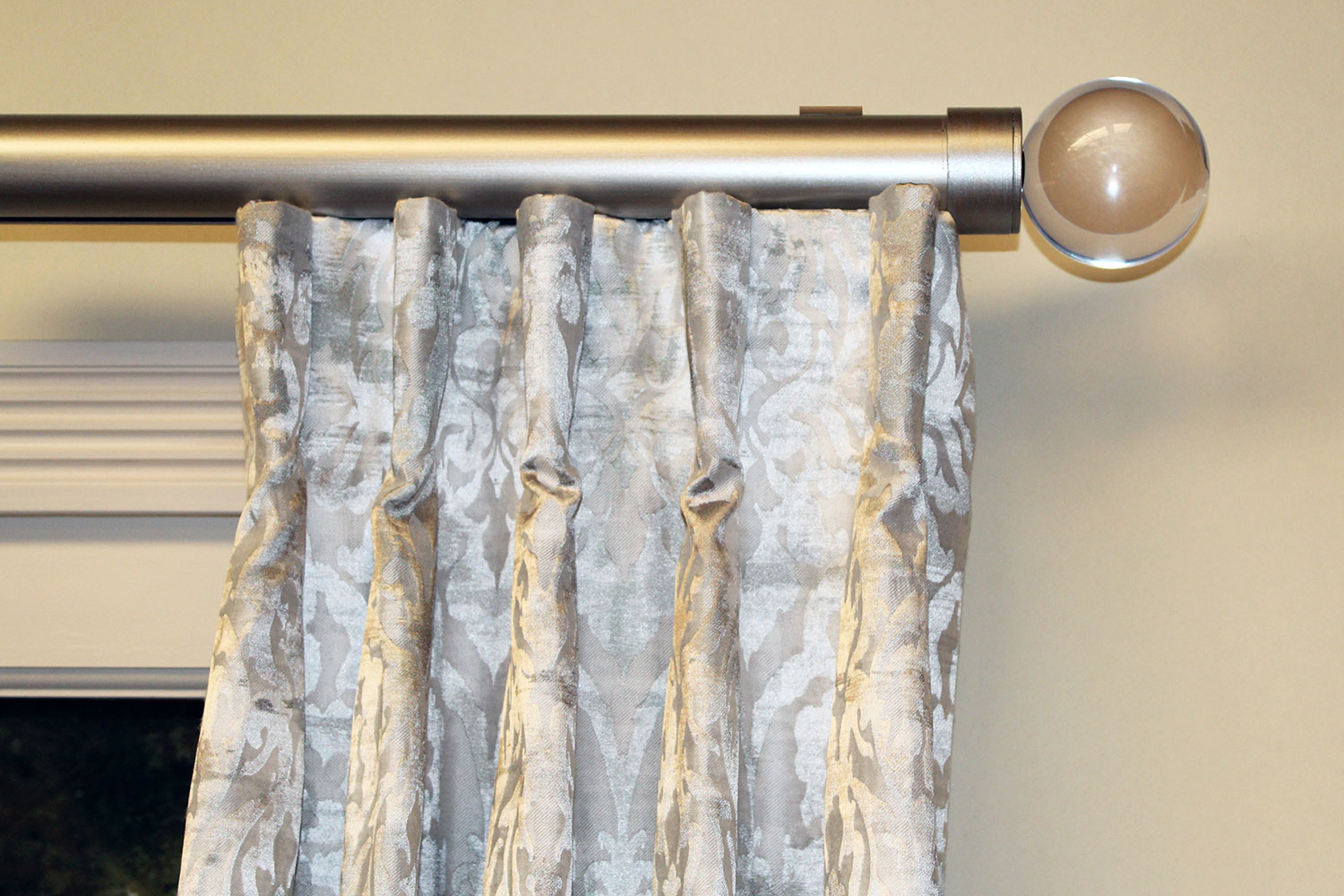
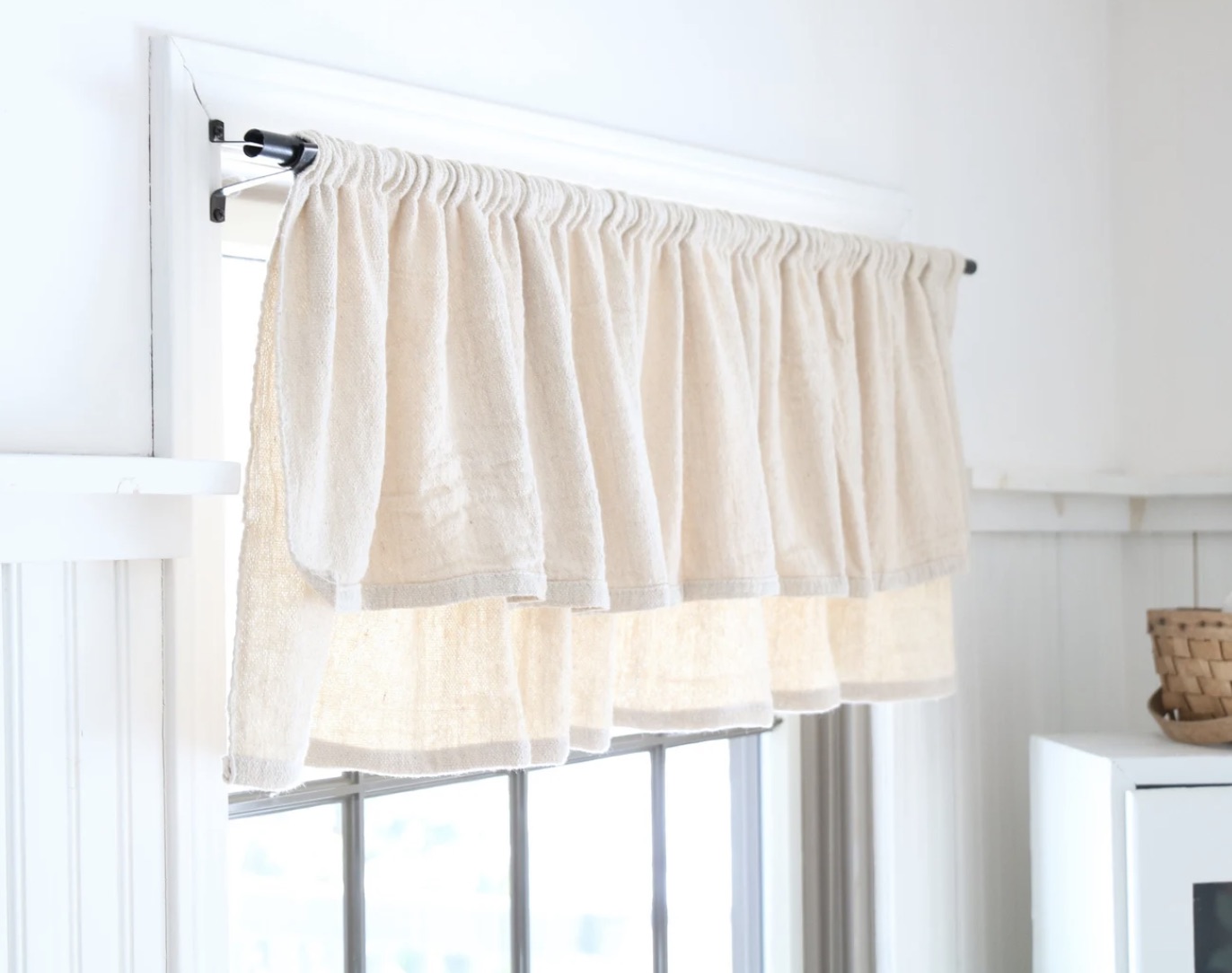
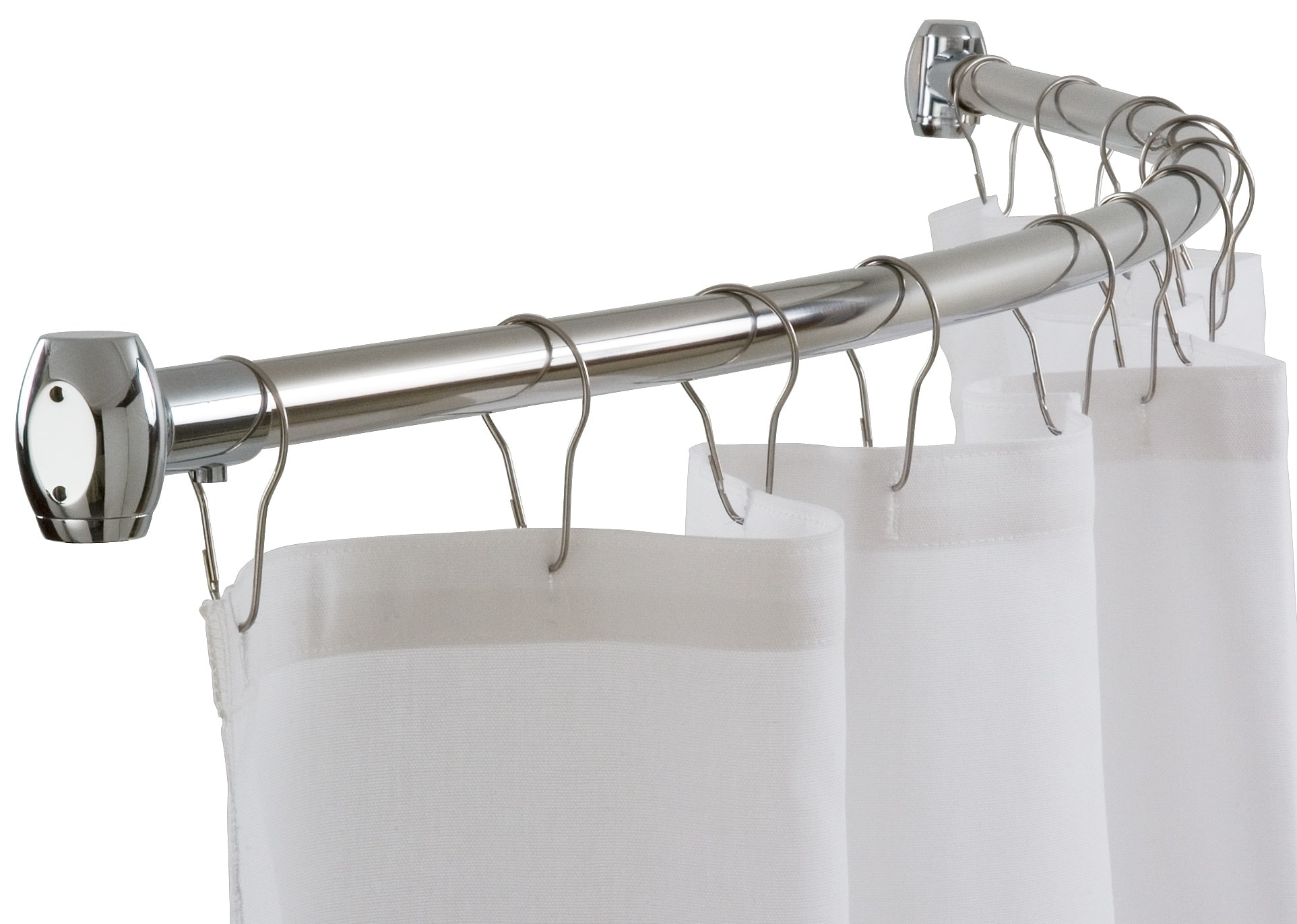
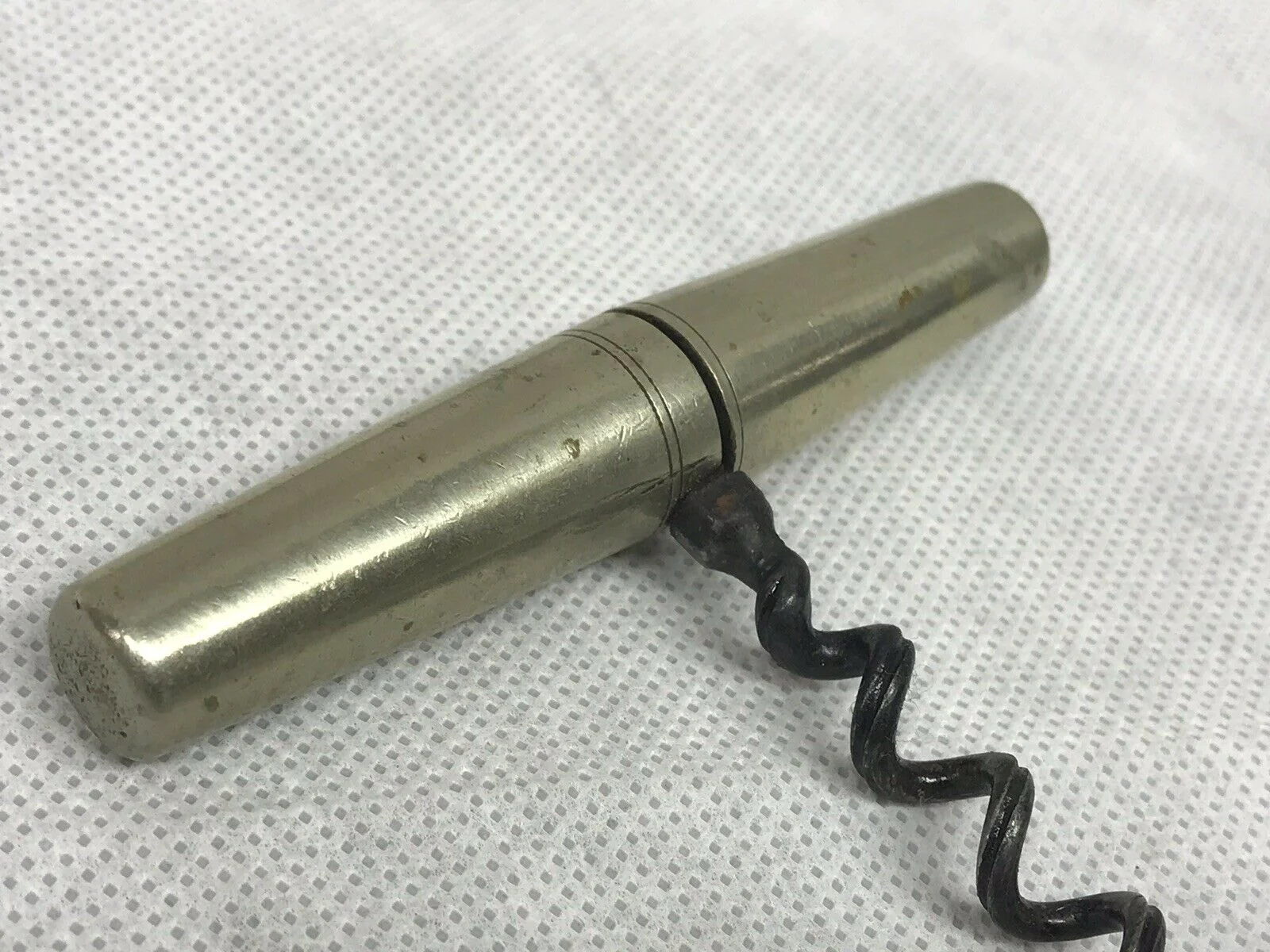
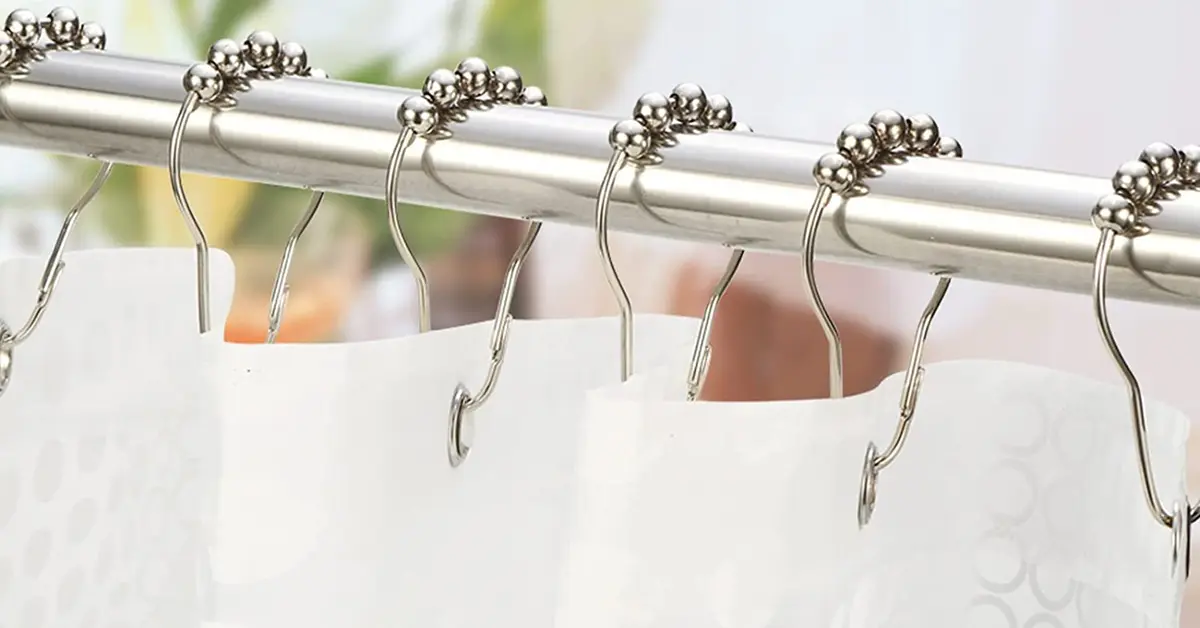
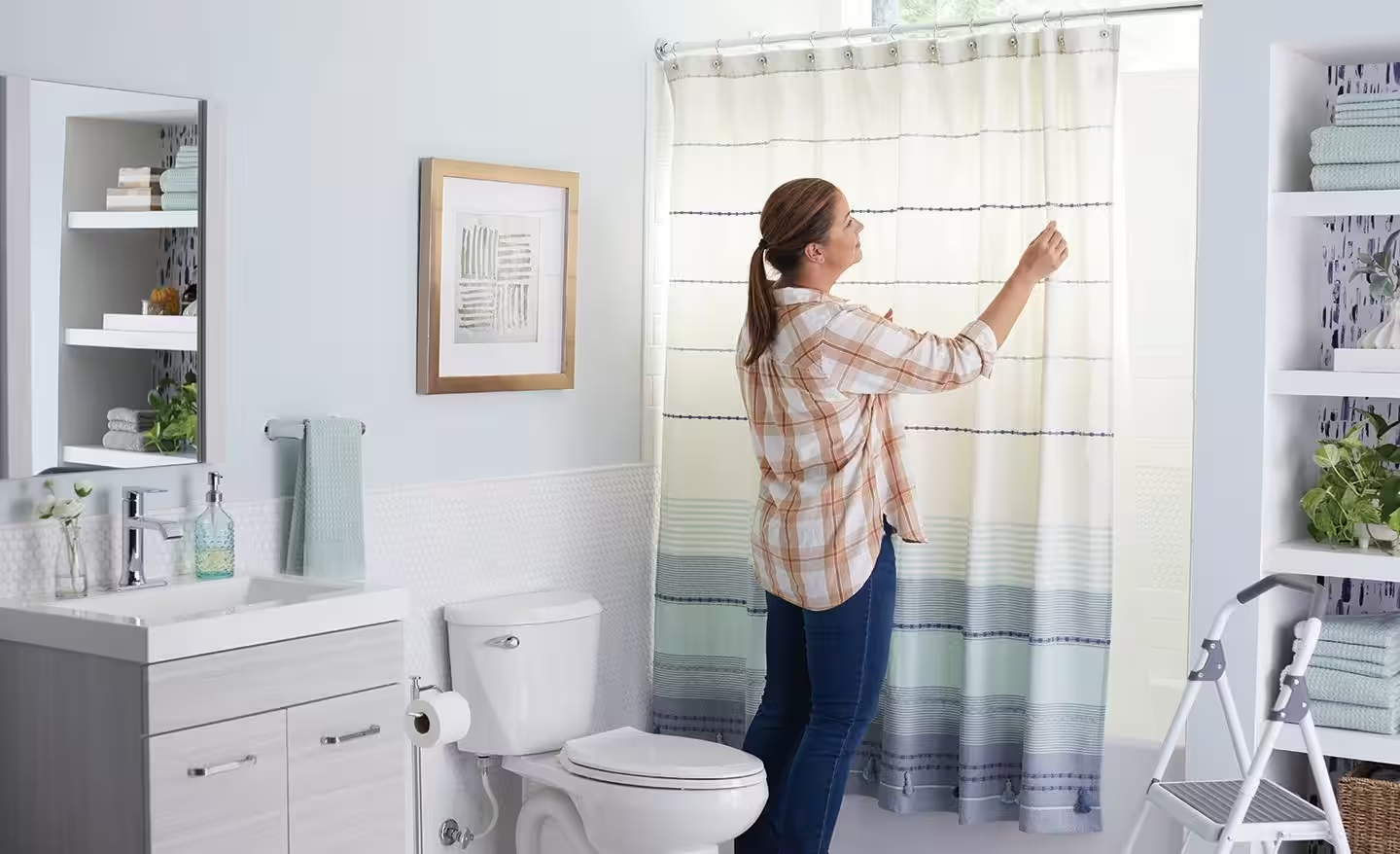
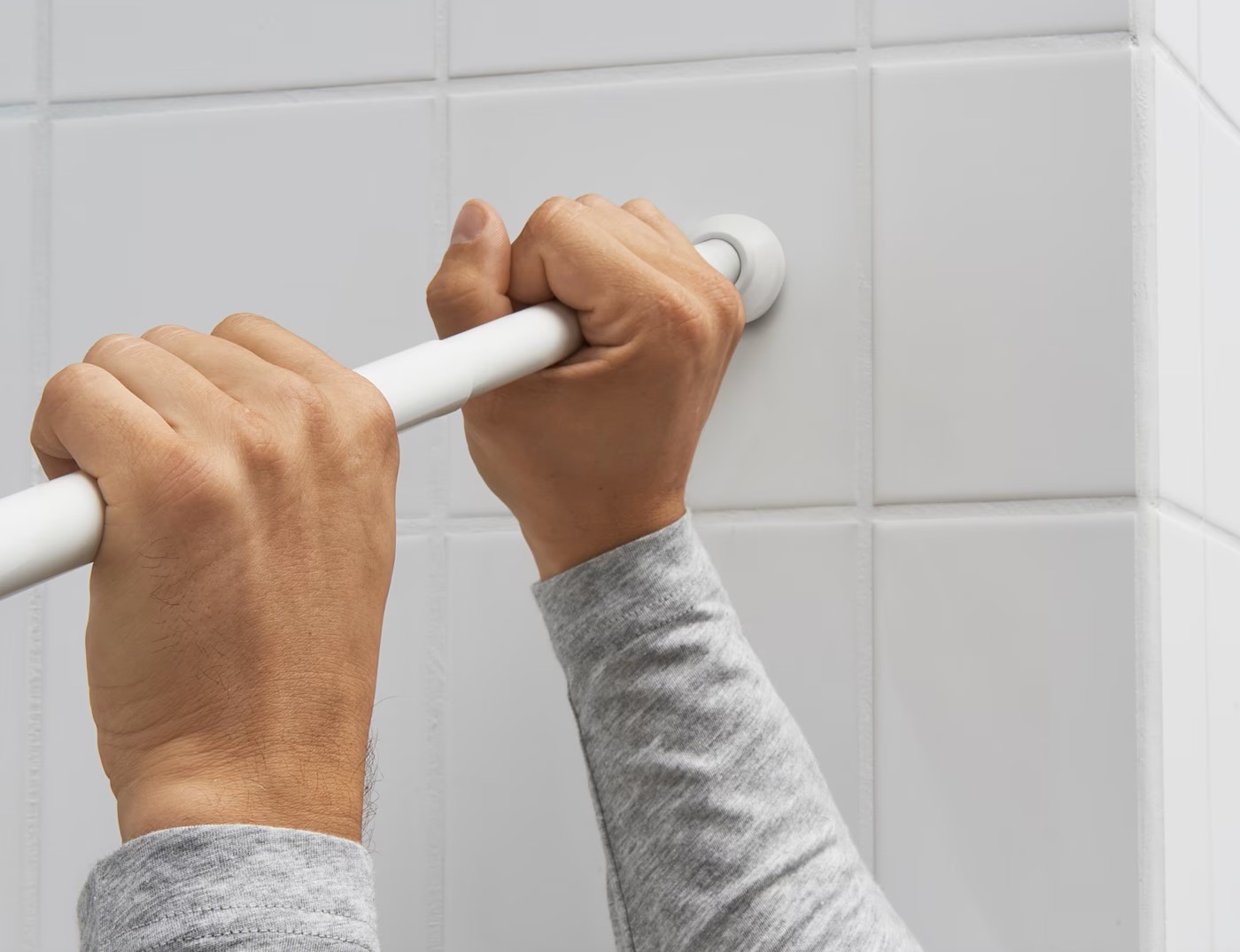
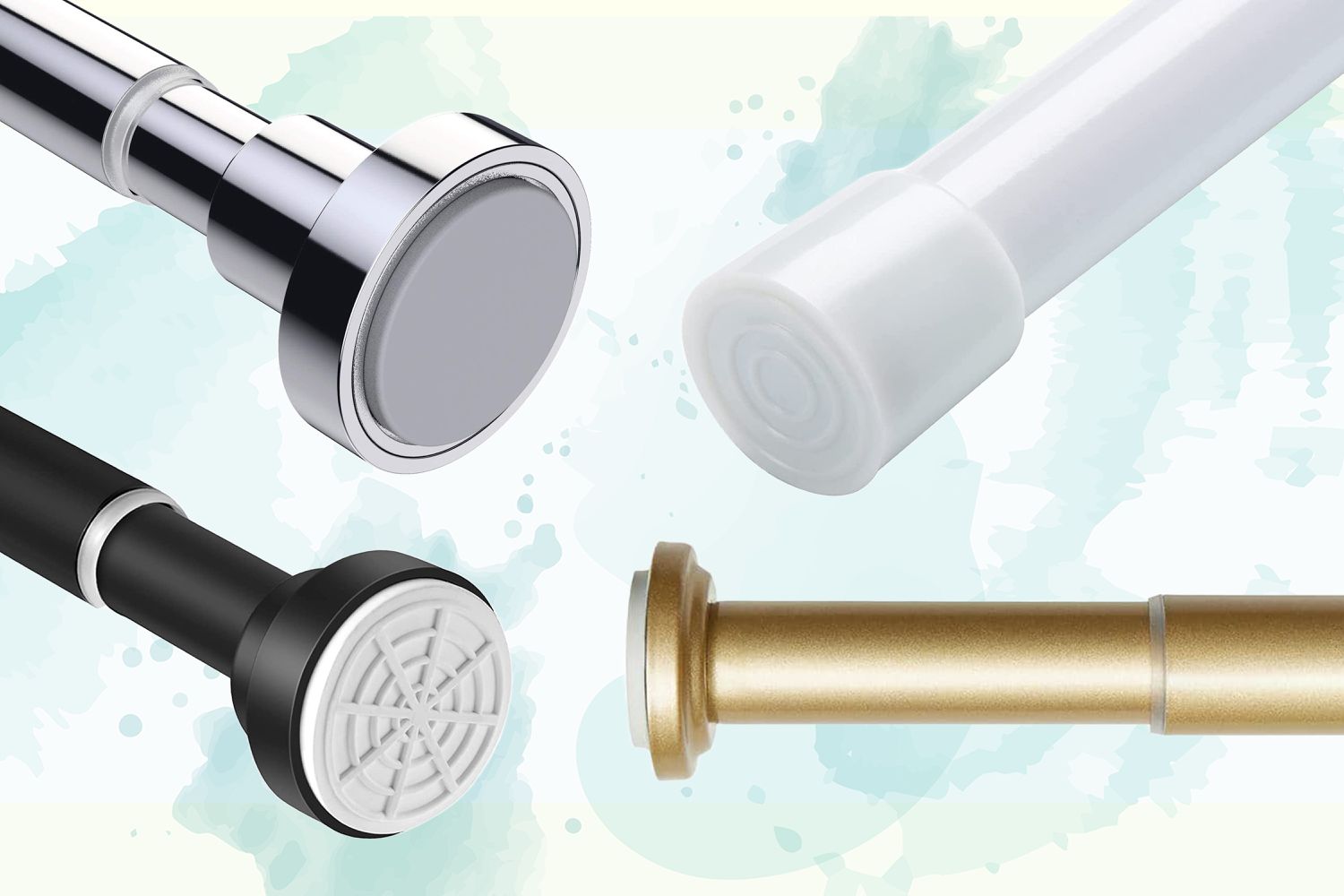
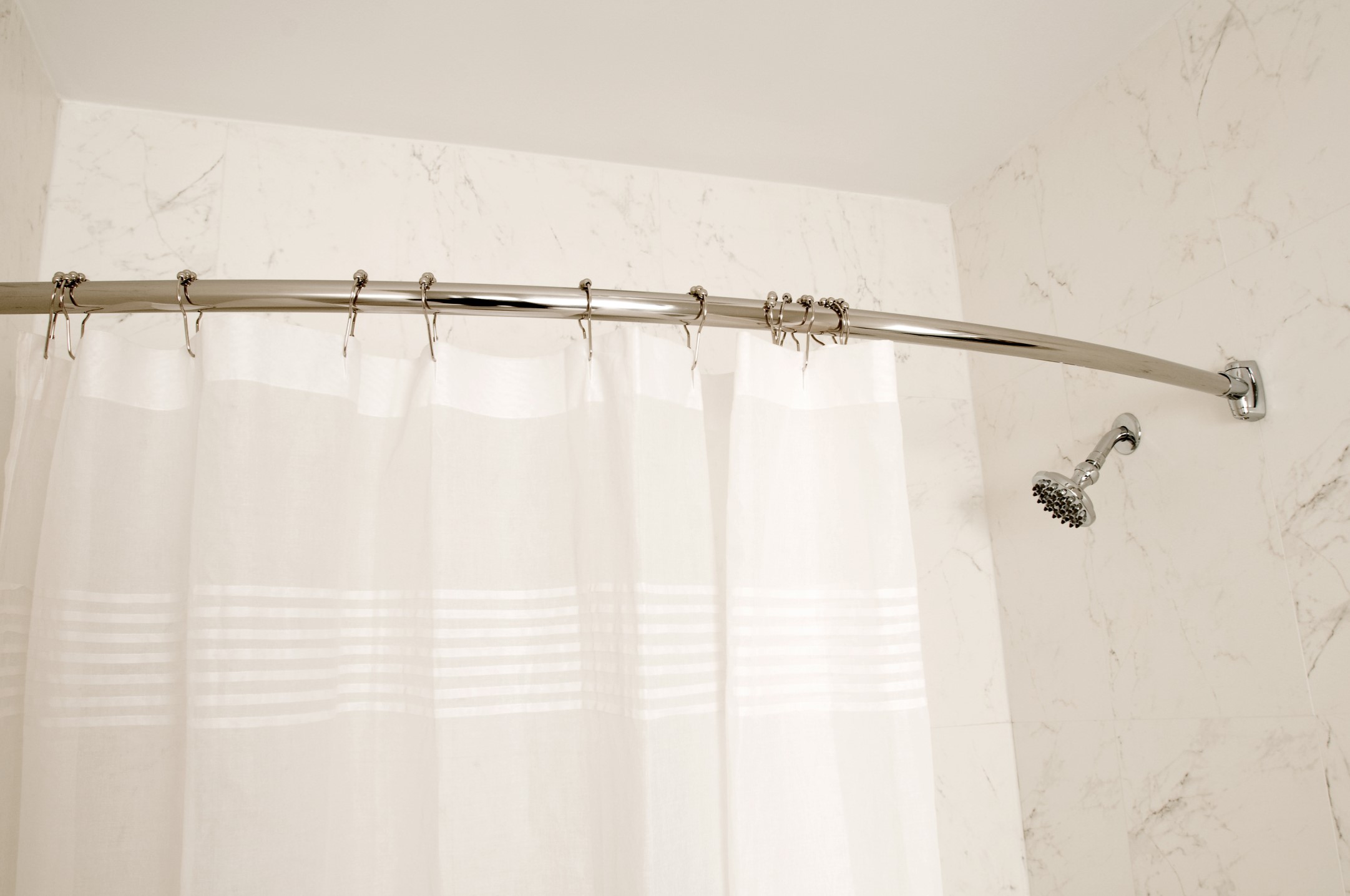

0 thoughts on “How To Use Drapery Hooks On Rod Pocket Curtains”